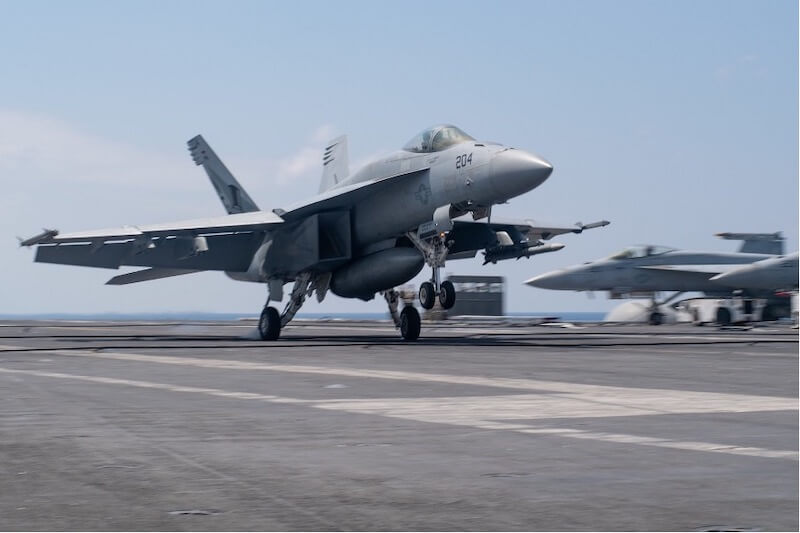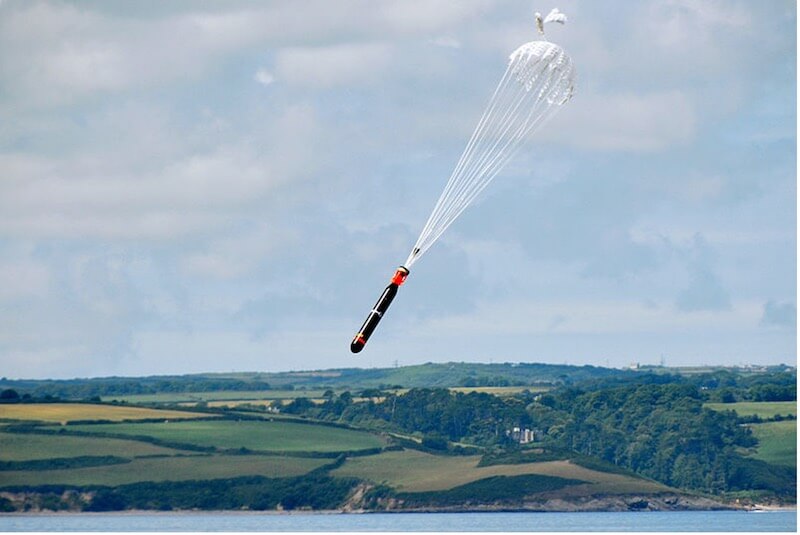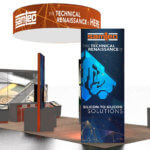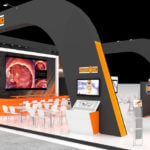We all hope for peace and a world free from conflict. Despite this, it is the duty of governments to provide their armed forces with the tools they need to deter aggression from foreign powers who have different aspirations and, if necessary, take action to safeguard the lives of its citizens. It is necessary to design munitions that will be ready in the last resort.

Modern weapons and munitions make the most of the latest technology. The driving goal of modern munition design is precision, so that military forces may use the minimum possible force to achieve their desired objective. This means that many of today’s weapons are fitted with highly sensitive and sophisticated electronics to provide the level of accuracy demanded by their users.
Weapons often evolve to counter a specific threat, whether it is the latest combat aircraft or the unseen menace of an enemy submarine. However, the rarity of armed conflict means that whilst our armed forces need to be equipped to deal with the threats they face today, there is a good chance that weapons will not be used before they are superseded by the next development.
As a result, weapons will be manufactured and then stored for long periods of time. Housed in magazines and bunkers, often in carefully controlled atmospheres to prevent corrosion, they will remain at the ready until a threat arises. For this reason, the components used in their design need to be reliable, even when left for a considerable time. Materials must be chosen carefully to prevent the effects of the environment around them, from gold plated contacts to prevent corrosion and poor conductivity to plastics that will remain stable, even after many months or even years of storage.
Maintaining Readiness
If the situation arises that the weapons need to be loaded onto their delivery platforms – everything from armored vehicles to ships at sea – they need to remain in peak condition, ready to respond at a moment’s notice. This can represent a considerable strain on sensitive electronics. As an example, the latest generation of short-range air-to-air missiles familiar to many as the Sidewinder series will be fitted to combat aircraft that carry out combat air patrols. Even in these circumstances, we all hope that the need to fire the weapons does not arise. However, this means that the weapons will go through many take-offs, patrol and landing cycles, with the stresses and strains associated with aviation.

The same concerns will follow an anti-tank guided weapon system loaded onto an armored fighting vehicle, or a surface-to-surface missile that is fitted to the deck of a ship. Shock, vibration and the exposure to the outside environment all need to be considered by the designer.
If all else fails, and the weapon needs to be launched, the tough conditions do not end there. An example can be seen below, in which a lightweight airborne torpedo has just been dropped from a helicopter. The parachute that is deployed will slow the fall of the torpedo, but it also ensures that it enters the water nose-first. The impact of the torpedo on the water’s surface will create a shockwave that travels from one end of the weapon to the other.

If the electronics within the torpedo have not been designed with this impact in mind, or the connectors used to join cables to printed circuit boards (PCBs) are not latched correctly, the shock could easily render it unserviceable. In the high-stress environment of armed conflict, the time needed to launch a second weapon could be the difference between safety and disaster.
Reliability is Paramount when Designing Munitions
It is vital, therefore, that designers of weapons and munitions have access to components on which they can depend in the most extreme of situations. Samtec manufactures connectors that are designed to provide robust solutions for board-to-board and board-to-wire applications. In addition, Samtec has created the Severe Environment Testing (SET) program, in which connectors are tested far beyond conventional standards for service life, vibration, shock and temperature cycling.
To find out more about how Samtec products are ready for the most demanding military and aerospace markets, visit the industrial applications page. To learn more about how the SET program is providing designers with certified products for harsh environments, visit the SET page.



Leave a Reply